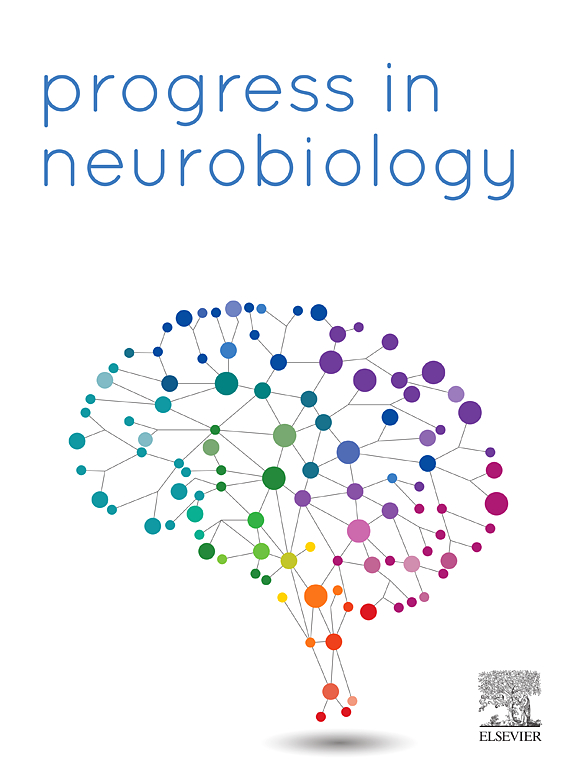了解tau、淀粉样蛋白和网络在阿尔茨海默病时空进展中的复杂相互作用。
IF 6.1
2区 医学
Q1 NEUROSCIENCES
引用次数: 0
摘要
淀粉样蛋白和tau蛋白在神经退行性疾病中的相互作用是AD病理生理学的核心特征。虽然实验研究指出了各种相互作用机制,但它们的因果方向和模式(本地、远程或网络介导)在人类受试者中仍然未知。本研究的目的是比较数学反应-扩散模型编码不同的跨物种耦合,以确定哪些相互作用是模型成功的关键。方法:我们在ADNI的公开数据上测试了网络传播、聚集和淀粉样蛋白-tau相互作用的竞争性数学模型。结果:尽管网络传播模型捕获了人类受试者中tau和淀粉样蛋白的时空演化,但包括淀粉样蛋白-tau蛋白单向聚集相互作用的模型表现最好。讨论:这种对共同进化蛋白的“双人跳”的数学阐述为淀粉样蛋白促进性tau病的概念提供了定量的全脑支持,而不是经典的淀粉样蛋白级联或纯tau假设,并有助于解释AD的某些已知但知之甚少的方面。本文章由计算机程序翻译,如有差异,请以英文原文为准。
Understanding the complex interplay between tau, amyloid and the network in the spatiotemporal progression of Alzheimer’s disease
Introduction
The interaction of amyloid and tau in neurodegenerative diseases is a central feature of AD pathophysiology. While experimental studies point to various interaction mechanisms, their causal direction and mode (local, remote or network-mediated) remain unknown in human subjects. The aim of this study was to compare mathematical reaction-diffusion models encoding distinct cross-species couplings to identify which interactions were key to model success.
Methods
We tested competing mathematical models of network spread, aggregation, and amyloid-tau interactions on publicly available data from ADNI.
Results
Although network spread models captured the spatiotemporal evolution of tau and amyloid in human subjects, the model including a one-way amyloid-to-tau aggregation interaction performed best.
Discussion
This mathematical exposition of the “pas de deux” of co-evolving proteins provides quantitative, whole-brain support to the concept of amyloid-facilitated-tauopathy rather than the classic amyloid-cascade or pure-tau hypotheses, and helps explain certain known but poorly understood aspects of AD.
求助全文
通过发布文献求助,成功后即可免费获取论文全文。
去求助
来源期刊

Progress in Neurobiology
医学-神经科学
CiteScore
12.80
自引率
1.50%
发文量
107
审稿时长
33 days
期刊介绍:
Progress in Neurobiology is an international journal that publishes groundbreaking original research, comprehensive review articles and opinion pieces written by leading researchers. The journal welcomes contributions from the broad field of neuroscience that apply neurophysiological, biochemical, pharmacological, molecular biological, anatomical, computational and behavioral analyses to problems of molecular, cellular, developmental, systems, and clinical neuroscience.
 求助内容:
求助内容: 应助结果提醒方式:
应助结果提醒方式:


